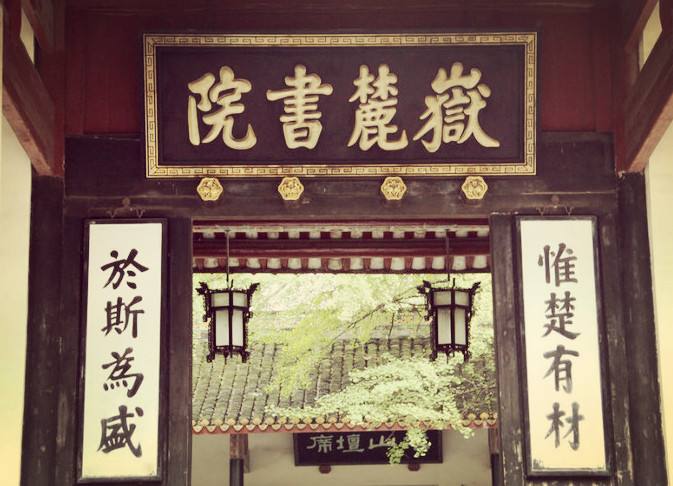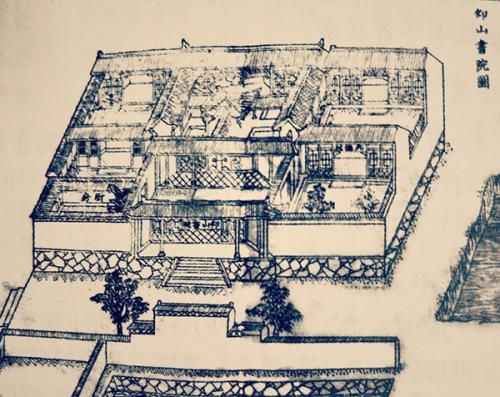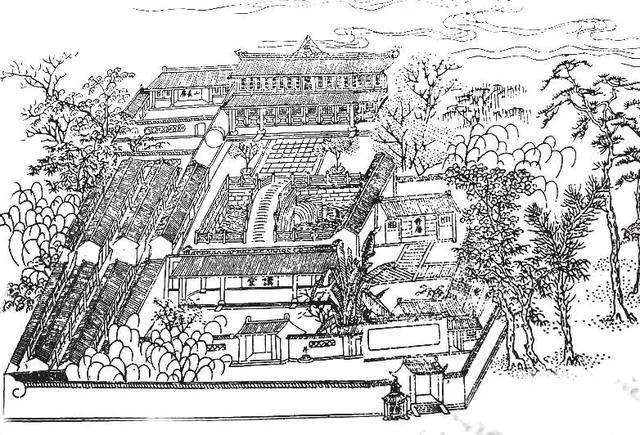Shu Yuan
3 min readThe Shu Yuan,usually known in English as Academies or Academies of Classical Learning,were a type of school in ancient China.Unlike national academies and district schools,Shu Yuan were usually private establishments built away from cities or towns,providing a quiet environment where scholars could engage in studies and contemplation without restrictions and worldly distractions.

·History
The Shu Yuan originated in 725 during the Tang Dynasty.They were places where scholars could teach and study the classics,and where books collected from around the country could be preserved.By the late Tang Dynasty,private academies had appeared all over China.
During the Northern Song,many academies were established with government encouragement.Each academy had its own teaching and administrative structure and was economically independent.The bestowal of a calligraphic signboard by the Emperor was an extremely important symbol of an academy’s status.Besides signboards,emperors also bestowed books.In 977,Emperor Taizong 939-997)bestowed on the White Deer Grotto Academy a copy of The Nine Confucian Classics printed by the Guozijian.The Yueu Academy,the Songyang Academy and other academies also received books from the Emperor on a number of occasions.

However,academies had begun to decline by the 12th century.The White Deer Grotto Academy,which had fallen into ruins,was rebuilt by the prominent Neo-Confucianist Zhu Xi between 1179 and 1180 during the Southern Song Dynasty and reopened in 1180.It became an important center of Confucian thought in the following eight centuries.Zhu Xi himself taught there during the Southern Song as did Wang Yangming during the Ming.As a result of Zhu Xi’s efforts,the Shu Yuan became a permanent feature of Chinese education,taking up major responsibilities of local education.
The system of academies was dismantled under the Yuan Dynasty and all academies were placed under government control to become preparatory schools for the Imperial Examination.
However,the system was revived under the Ming and Qing.
In the Ming Dynasty,academies devoted to discussing political issues appeared,such as the Donglin Academy,often resulting in political repression.During the Qing Dynasty,thousands of academies were created for the purpose of preparing students for the Imperial Examination,although there were still some that functioned as centers of study and research.
There were more than 7,000 academies of Shu Yuan recorded.In the late Qing Dynasty,some of the Shu Yuan became universities,middle schools,public libraries and museums.The academies were finally abolished under the Hundred Days’Reform in 1898 at the end of the Qing Dynasty.

·Notable Shu Yuan
It is common to speak of the“Four Great Academies” of ancient China.Usually the”Four Great Academies”refers to the Four Great Academies of the Northern Song.
However,sources give a number of different lists,sometimes expanded to Six or Eight Great Academies.Only one academy,the Yuelu Academy,appears in all lists.Each school went up or down in different periods.So top lists in different eras are not the same.White Deer Grotto Academy had long been very outstanding.








